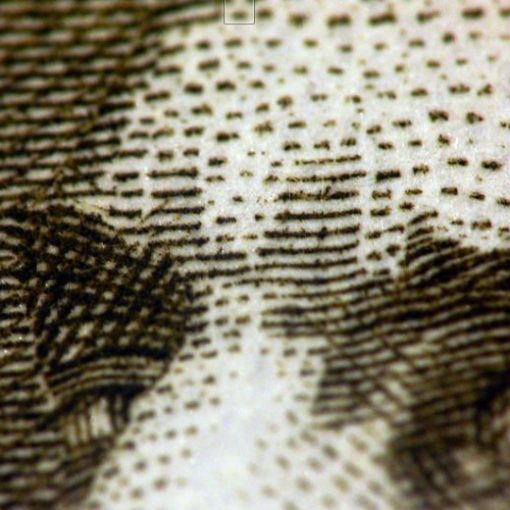By Steve Sosnick, Chief Strategist at Interactive Brokers
It is clear that the market narrative was seized by a young populist horde. They didn’t rampage through the Capitol in Viking horns, but instead through r/wsb and other social media postings. While the concepts of pumping stocks and preying on short sellers are as old as markets themselves (I imagine this occurring in the coffee houses of London and Amsterdam, and under the mythical buttonwood tree in Manhattan), the current activity captured the public’s imagination in an unprecedented manner.
The million-dollar question is why and why now? Some of the answer lies with factors that we’ve discussed before in this space. We recently underwent another huge democratization of investing. Free commissions and fractional share trading made it even easier for individuals to trade, just as the advent of web-based brokers did in the late ‘90s. An old economic adage is “if you want more of something, make it free.” The industry made trading free and got a lot more of it in return.

Mists of Time
But there is another unifying factor that links GameStop, BlackBerry and the other “meme stocks” (and it’s not simply that their names squish two capitalized words together). There is a nostalgic element that appeals to the exact type of investors who are most active in these names. My 23-year-old son Charlie, while noting that his friends are consumed with day trading, texted me the following observation:
“The short squeezed WSB stocks all have one thing in common besides being short squeezed. They’re all things a 20-something person would be nostalgic for. GameStop, AMC, Nokia, Build-a-Bear – things that would make you sad to hear are failing business because it means that you’re old.”
I had been trying to figure out why a seemingly ragtag list of brands had such staunch advocates all of a sudden. There was an emotional chord behind the mania, beyond even the desire to get rich and the latest expression of the age-old desire to “stick it to the man”. There is a real sense of advocacy behind many of the posts, and this would explain it.
Takeaway
Beyond the names mentioned in Charlie’s text are other popular “old-school” brands like Express, Koss, Bed Bath & Beyond and Tootsie Roll. All household names, all places that they went to as children or brands that they asked for on those shopping trips. I certainly can’t verify this being the only cause of the recent mania – it was undoubtedly made combustible by short covering – but it seems like a reasonable explanation for the type of names that were chosen.
And like all manias, this one seems to be abating today. As I write this, all those names are sporting double digit percentage losses – some after showing double or triple digit gains earlier today or in the pre-market. Bubbles usually burst. This one happened to inflate and deflate in a remarkably quick time frame.
Photo Credit: Dimitris Kalogeropoylos via Flickr Creative Commons
This article first appeared at Traders’ Insight on Jan. 28.
DISCLOSURE: INTERACTIVE BROKERS
The analysis in this material is provided for information only and is not and should not be construed as an offer to sell or the solicitation of an offer to buy any security. To the extent that this material discusses general market activity, industry or sector trends or other broad-based economic or political conditions, it should not be construed as research or investment advice. To the extent that it includes references to specific securities, commodities, currencies, or other instruments, those references do not constitute a recommendation by IBKR to buy, sell or hold such investments. This material does not and is not intended to take into account the particular financial conditions, investment objectives or requirements of individual customers. Before acting on this material, you should consider whether it is suitable for your particular circumstances and, as necessary, seek professional advice.



